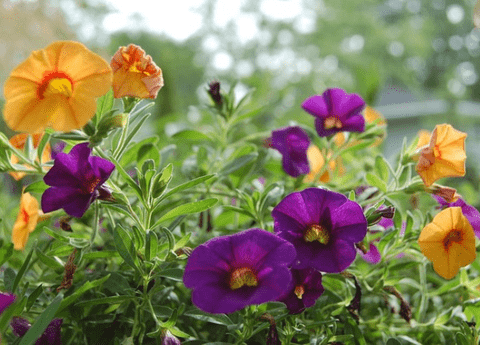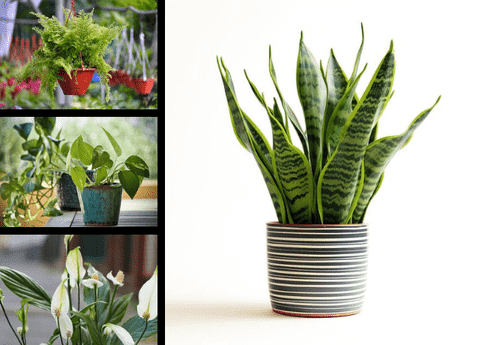Morning Glories Mastery: From Planting to Blooming
Morning glories are a favorite among gardeners for their vibrant, trumpet-shaped blooms and fast-growing vines. These charming flowers not only add a splash of color to any garden but also require minimal maintenance, making them a perfect choice for both novice and seasoned gardeners. In this guide, we will delve into the essential steps for successfully planting and nurturing morning glories, from selecting the right seeds to ensuring a spectacular bloom. Join us as we explore the secrets to achieving morning glory mastery, transforming your garden into a lush, floral paradise.
Choosing the Right Variety
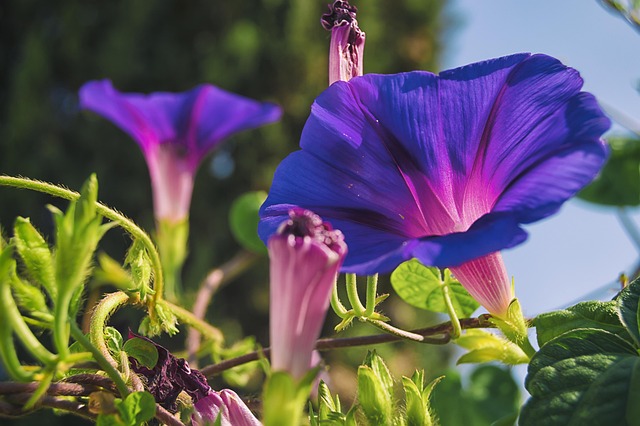
Popular Morning Glory Types
Morning glories come in various types, each with unique characteristics that can enhance any garden. One of the most popular varieties is the ‘Heavenly Blue,’ known for its large, sky-blue flowers and vigorous growth. Another favorite is the ‘Scarlett O’Hara,’ which boasts striking red blooms with a white throat. ‘Grandpa Ott’s’ is a classic heirloom variety featuring deep purple flowers with a starry pattern. For those who prefer a softer color palette, the ‘Pearly Gates’ offers pristine white blooms that can brighten any space. Each type has its own charm, so consider combining different varieties to create a vibrant and diverse display in your garden. By selecting the right types, you can ensure a stunning array of morning glories that will captivate and delight throughout the growing season.
Climate Considerations

When choosing the right variety of morning glories, it’s important to consider your local climate. Morning glories thrive in warm, sunny environments and prefer temperatures between 65°F and 85°F. In cooler climates, varieties such as ‘Heavenly Blue’ and ‘Scarlett O’Hara’ can be started indoors and transplanted outside once the danger of frost has passed. In hotter regions, morning glories can handle heat well but may require some afternoon shade to prevent wilting. Additionally, ensure that your selected variety is suited to your region’s growing season length. Some morning glories are more resilient to temperature fluctuations and pests, making them a better fit for regions with unpredictable weather patterns. By understanding your local climate and selecting appropriate varieties, you can maximize the chances of a successful and thriving morning glory display in your garden.
Soil Preferences

Morning glories are adaptable plants, but they have certain soil preferences that can help them thrive. Ideally, they prefer well-draining soil with a pH level between 6.0 and 7.5. While They can tolerate poor soil, enriching the soil with organic matter, such as compost, can promote healthier growth and more abundant blooms. It’s important to avoid overly rich or fertile soil, as this can lead to excessive foliage growth at the expense of flowers. Ensure the planting site has good drainage to prevent waterlogging, which can cause root rot. If your soil is heavy clay or sandy, consider improving its structure by adding organic matter. Testing your soil before planting can give you insights into any necessary adjustments. By providing the right soil conditions, you can create an optimal environment for your morning glories to flourish.
Planting and Caring Tips
Preparing the Soil
Proper soil preparation is crucial for the successful growth of morning glories. Start by selecting a sunny location where your plants will receive at least six hours of direct sunlight each day. Remove all weeds and debris from the area to minimize competition for nutrients and water. Loosen the soil to a depth of about 12 inches, which allows the roots to penetrate easily and establish a strong foundation. Mix in compost or well-rotted manure to enrich the soil with essential nutrients and improve its structure. If your soil tends to be heavy or clay-like, consider adding sand or perlite to enhance drainage. Testing the soil pH can help you make any necessary adjustments; morning glories prefer a slightly acidic to neutral pH. By taking the time to properly prepare the soil, you set the stage for vigorous growth and spectacular blooms.
Sowing Seeds Successfully
Sowing morning glory seeds successfully involves a few key steps. First, consider scarifying the seeds by nicking them with a file or soaking them in water for 24 hours before planting. This softens the seed coat and accelerates germination. Plant the seeds about 1/4 inch deep in well-prepared soil, spacing them 6 to 12 inches apart to allow ample room for growth. Morning glories can be directly sown outdoors after the last frost date, but if you have a shorter growing season, starting them indoors 4 to 6 weeks before the last frost can give them a head start. Keep the soil consistently moist but not waterlogged during the germination period, which usually lasts 7 to 14 days. By following these steps, you can ensure a strong start for your morning glories, leading to a vibrant and flourishing garden display.
Watering and Fertilizing

Proper watering and fertilizing are essential for the healthy growth of morning glories. Morning glories prefer consistently moist soil, especially during the germination and early growth stages. Water them deeply once or twice a week, depending on weather conditions, ensuring the soil remains moist but not waterlogged. Applying mulch around the base of the plants helps retain soil moisture and minimize evaporation. As for fertilizing, morning glories are not heavy feeders. Applying too much fertilizer can result in vibrant foliage but fewer flowers. A balanced, slow-release fertilizer applied once at planting time is usually sufficient. You can also apply a diluted liquid fertilizer once a month throughout the growing season.
Always follow the manufacturer’s instructions to avoid overfeeding. By maintaining the right balance of water and nutrients, you can support robust growth and abundant blooms in your morning glory plants.
Encouraging Beautiful Blooms
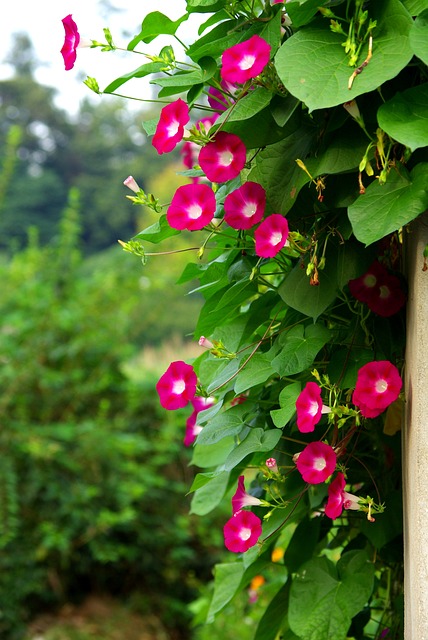
Pruning Techniques
Pruning is an effective way to encourage beautiful blooms in your morning glory plants. Regular pruning helps remove dead or damaged growth, allowing the plant to direct its energy towards producing more flowers. Start by inspecting your plants for any yellowing leaves or spent blooms and remove them using clean, sharp pruning shears. This not only improves the plant’s appearance but also promotes better air circulation, reducing the risk of disease. If your morning glories become too leggy or overgrown, you can trim back the vines by up to one-third to encourage bushier growth and more prolific flowering. Be sure to prune in the early morning or late afternoon to avoid stressing the plant during the heat of the day. By incorporating these pruning techniques, you can maintain the health and vigor of your morning glories, ensuring a stunning display of blooms throughout the season.
Pests and Diseases Management
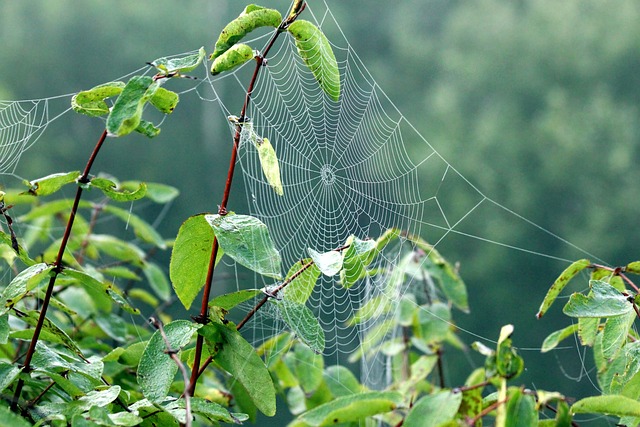
Managing pests and diseases is crucial for maintaining the health and beauty of your morning glories. Common pests include aphids, spider mites, and caterpillars, which can damage leaves and reduce flowering. Regularly inspect your plants for signs of infestation, such as discolored leaves or webbing, and take action promptly. Natural remedies like neem oil or insecticidal soap can effectively control these pests without harming beneficial insects. For larger pests, hand-picking or using barriers like row covers can be effective.
Diseases such as powdery mildew and rust can also affect morning glories. To promote healthy air circulation, space your plants properly and avoid watering from above, as this can create a humid environment that fosters fungal growth. Promptly remove and dispose of any infected plant material to prevent disease from spreading. By staying vigilant and addressing issues early, you can keep your morning glories healthy and blooming beautifully throughout the season.
Seasonal Care Tips
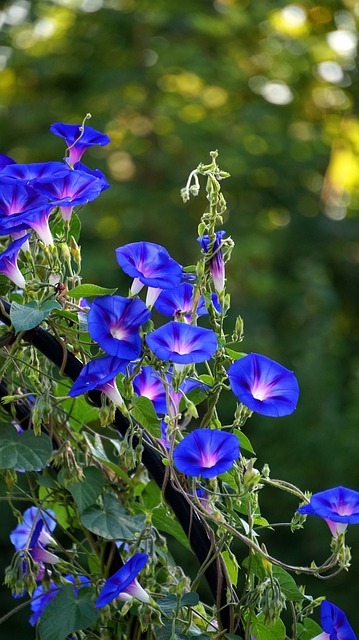
To keep your morning glories thriving throughout the year, it’s important to follow seasonal care tips. In early spring, prepare the soil and sow seeds indoors if you live in a cooler climate. Once the risk of frost has passed, move the seedlings outdoors. During the summer, maintain consistent watering and keep an eye out for pests and diseases, addressing any issues promptly. Regularly deadhead spent blooms to promote ongoing flowering.
As fall approaches, reduce watering gradually to help the plants acclimate to cooler temperatures. If you live in a region with harsh winters, consider mulching around the base of the plants to protect the roots from freezing. You can also collect seeds from mature pods to plant next season. In late winter, start planning your garden layout and order any additional seeds or supplies needed. By providing care tailored to each season, you can ensure your morning glories remain vibrant and healthy year-round.

